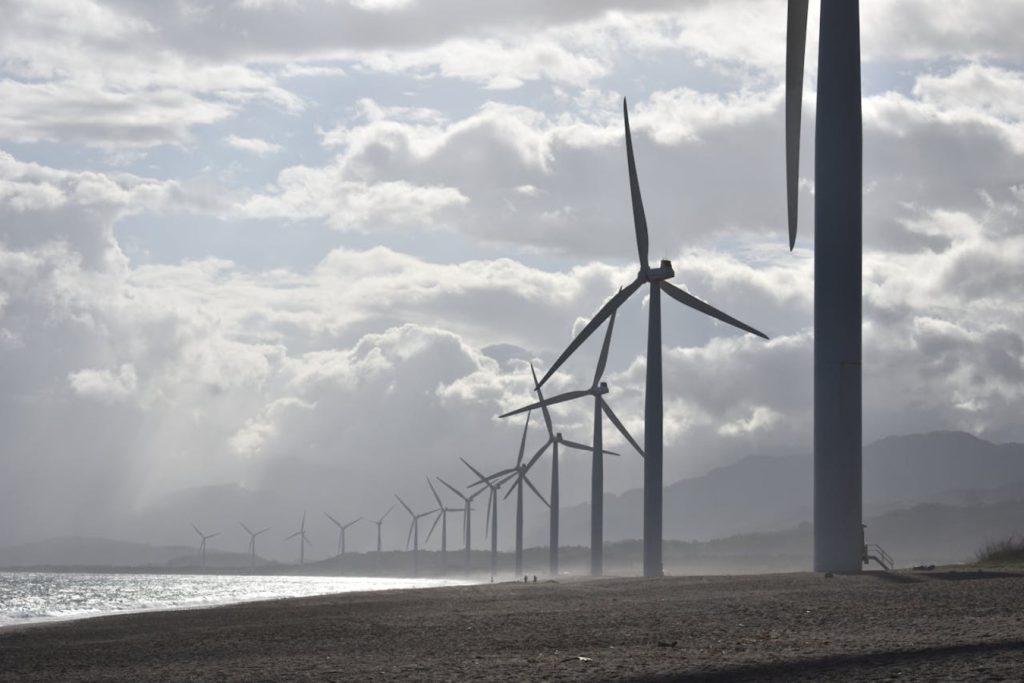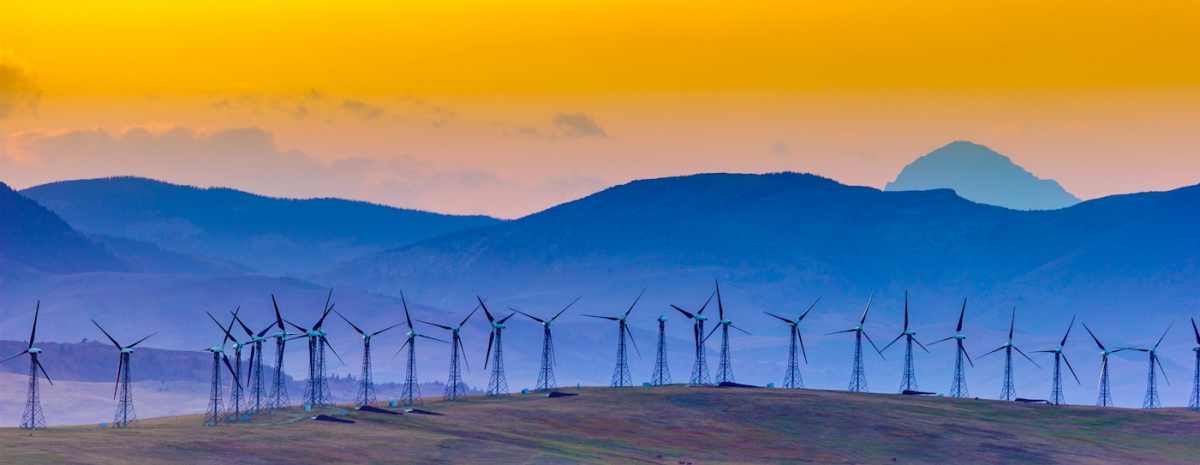随风而逝?金融危机与风能

Undoubtedly, the global financial crisis is impacting the previously high-growth energy sectors. The wind energy sector has witnessed dramatic growth over the past 10 years. Our researchers explored some of the ways the financial crisis has impacted the wind industry.
Wind energy has been one of the fastest-growing renewable energy sources over the past two decades, but the global financial crisis has introduced new economic and financial challenges. While the industry has proven resilient, the shifting financial landscape has altered investment patterns, policy incentives, and the overall growth trajectory of wind energy worldwide.
在 SIS 国际研究, we examine how financial downturns impact renewable energy investments and explore the opportunities and risks shaping the future of wind energy.
经济衰退对风能的财务影响
- 风能项目的债务成本增加
- This increase in the cost of debt is often offset by a decrease in the central bank’s rates
- 大项目可以筹集资金
- 预计经济活动水平较低
- 很少有行业能从气候变化中受益
- 贷款量和收入缩减
Indeed, the wind energy industry is subject to the whims of the financial crisis. It is interesting to note the long-term advantages of wind energy and power generation. Wind energy in power generation holds several long-term advantages that other methods of power generation do not.
Advantages of Wind Energy
- 全球大宗商品价格无波动
- 无地缘政治问题
- 无燃料成本
- 不用水、不使用石油、不浪费、不排放,不花费燃料成本、不排放
- 成本竞争力
Yet, Wind Energy faces very important challenges that impact its integration into the energy grid and a nation’s energy mix.
Why Wind Energy Remains a Strong Investment
Despite financial barriers, wind energy continues to offer key advantages over traditional energy sources.
1. Price Stability
Unlike fossil fuel markets that are subject to extreme price volatility, wind energy offers stable, predictable costs, making it a reliable long-term investment.
2. Energy Independence and Security
Countries with strong wind energy infrastructure reduce their dependence on imported fossil fuels, increasing energy security and reducing geopolitical risks.
3. Environmental and Sustainability Benefits
Wind energy is among the cleanest power sources available, with zero fuel costs, minimal land disruption, and no greenhouse gas emissions. As global carbon reduction goals become more ambitious, wind energy is a crucial solution to achieving net-zero targets.
4. Cost Competitiveness
Technological advances have significantly reduced the cost of wind energy production, making it increasingly competitive with conventional power sources such as coal and natural gas.
Challenges Facing Wind Energy Development

Despite its advantages, wind energy still faces hurdles that must be addressed to ensure its continued expansion.
1. Grid Integration and Infrastructure Gaps
One of the biggest challenges for wind energy is integrating intermittent power supply into existing energy grids. Upgrading grid infrastructure and investing in energy storage solutions are essential to improve reliability.
2. Reliance on Government Incentives
The wind industry has benefited from government subsidies, tax credits, and feed-in tariffs. However, long-term financial sustainability depends on developing cost-efficient models that are viable without government incentives.
3. Aesthetic and Land Use Concerns
Wind farms, particularly onshore installations, sometimes face opposition due to visual impact, noise concerns, and land use competition with agricultural or residential areas.
4. Capacity Limitations Compared to Traditional Power Plants
While wind energy is rapidly growing, individual wind farms typically generate lower output compared to conventional power plants. To meet energy demand, widespread deployment and improved efficiency are necessary.
主要市场领导者
- 通用电气能源
- 维斯塔斯
- 西门子股份公司
- 歌美飒技术公司
- 三菱重工
- 苏司兰能源有限公司
- Clipper 风力发电
- 诺德克斯
The Future of Wind Energy
1. Technological Innovations in Wind Power
Future developments in wind energy will focus on:
-
-
Larger, more efficient turbines with advanced materials.
-
Energy storage integration to manage fluctuations in wind power generation.
-
Smart grid technology to enhance grid stability and reliability.
-
2. The Role of Policy and Regulation
Governments worldwide are implementing stricter carbon reduction goals and renewable energy mandates. Strong policy support will be essential for continued wind energy expansion.
3. New Financing Models for Wind Energy
With evolving financial markets, green bonds, corporate sustainability funds, and public-private partnerships will play an increasing role in funding wind energy projects.
4. Public Perception and Market Adoption
As consumer awareness of climate change grows, demand for clean energy solutions is expected to increase. 企业可持续发展举措 are also driving demand for renewable energy procurement.
我们的纽约工厂地址
纽约州纽约市东22街11号2楼 10010 电话:+1(212) 505-6805
关于 SIS 国际
SIS 国际 提供定量、定性和战略研究。我们提供决策所需的数据、工具、战略、报告和见解。我们还进行访谈、调查、焦点小组和其他市场研究方法和途径。 联系我们 为您的下一个市场研究项目提供帮助。



